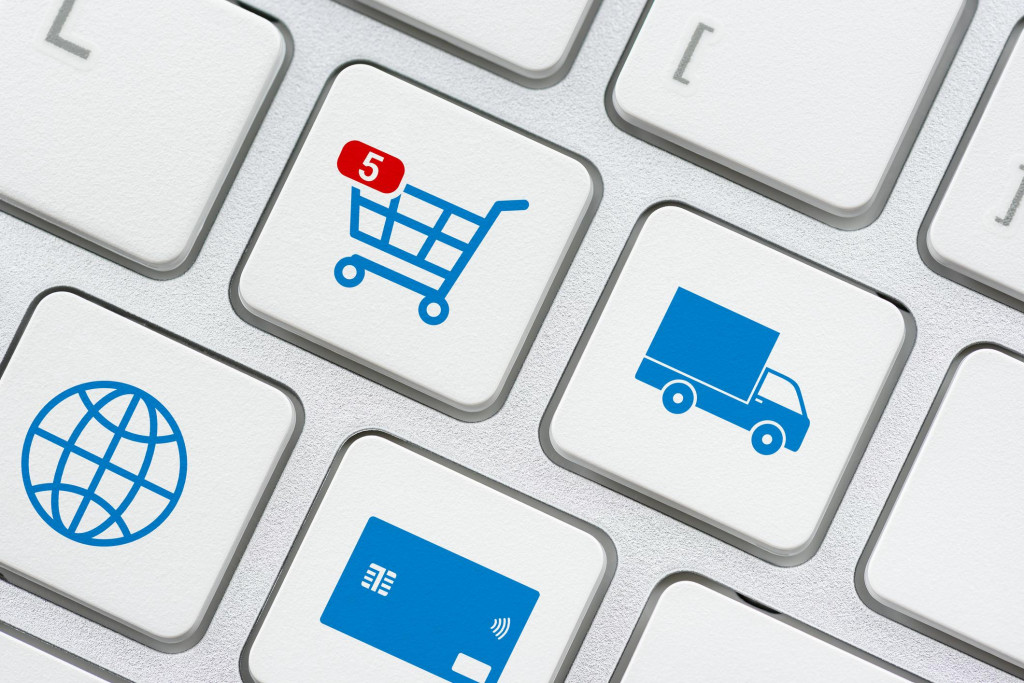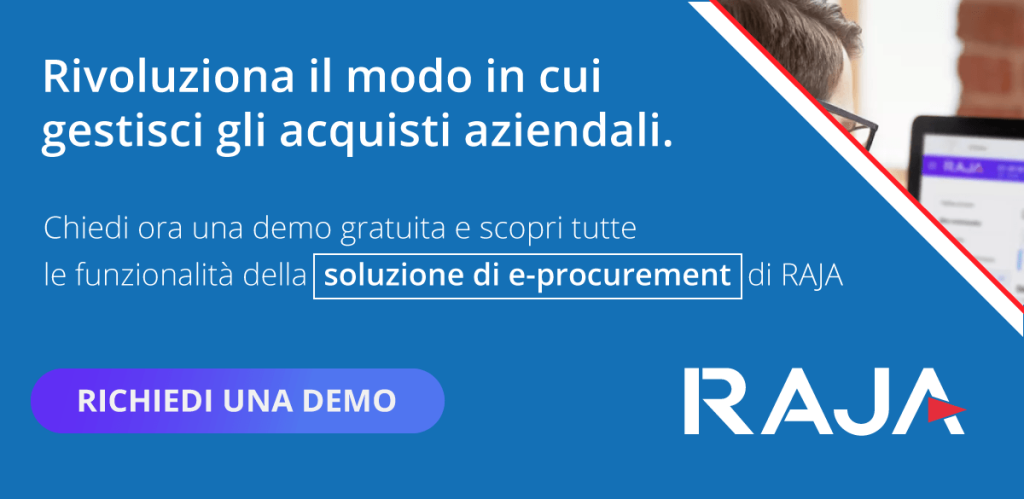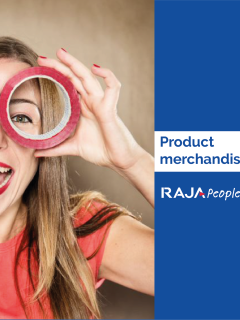E-procurement: what it is and how it works
L’digital procurement or e-procurement, is a revolutionary practice in the context ofe-business. Through the advanced use of digital technologies, this methodology radically transforms the way companies manage their procurement process. The use of digital technologies to simplify and automate the corporate purchasing improve efficiency, reduce costs and increase transparency.
A e-procurement system allows you to optimise the entire purchasing flow, from order to payment, offeringfrom order to payment, offering functionalities such as e-catalogues, order approval workflow, expense tracking and purchase data analysis.
L’e-procurement offers several advantages over traditional purchasing processes, including:
- Improved efficiency. Automation of purchasing activities is at the heart of e-procurement, saving considerable time and resources. The simplification of day-to-day operations frees up human resources to focus on more strategic tasks;
- Customised experience. With dedicated, up-to-date price lists and customised products available in corporate accounts, eProcurement offers a highly personalised purchasing experience;
- Improved visibility and control. E-procurement provides a complete view of purchasing processes, enabling superior control and traceability of procurement activities.
E-catalog: all the products you are looking for just a click away
L’e-catalogor electronic catalogue, is a fundamental pillar of e-procurement. These digital catalogues act as centralised repositories of products and services available for online purchase. Their importance lies in their ease and speed with which buyers can find what they need. Let us now see what are the key features of e-catalogues:
- Regular updating. E-catalogs must be constantly updated to ensure the accuracy of the information. Only through regular updating can buyers rely on the catalogue for informed purchasing decisions.
- Fast searching. The key to an e-catalog’s success lies in its ability to enable buyers to quickly and easily find the products and services they want.
Procure To Pay: operation, application and benefits
The Procure To Pay (P2P) is the process that enables a company to purchase the necessary goods and services from its suppliers. Procurement to pay consists of several steps, including:
- Purchase Order. Buyers issue a purchase order to the supplier
- Invoicing. The suppliers send the invoice to the buyers
- Receipt of products. The products are delivered to the buyers
- Acceptance of products. The buyers check the conformity of the products received
- Payment. The buyers pay the invoice to the suppliers.
LRAJA’s e-procurement is part of the solutions to optimise Procure to Pay management..
E-procurement for order management
L’e-procurement can significantly improve order management through a number of benefits and solutions. Let us see them together:
Simplified order management
L’e-procurement from RAJA offers the possibility to manage the corporate procurement process efficiently and centrally through one’s own corporate account. In other words, it allows easy access to negotiated prices, the management of orders and invoicesand the control of employee spending through a secure and customised portal.
Self-service solutions
It offers all the functionality of an e-procurement tool without investment and without the need for complicated technical implementations. It includes access to a secure private portal, a catalogue with negotiated prices, simplified order approval management, full management of corporate and individual user purchases, online quote request, customised wish lists and secure card payments.
Integration with existing systems
For companies with e-procurement systems already in place, RAJA offers solutions such as “Punch Out” e “Hosted Catalogue“which include:
- Catalogues updated in real time with high quality web interface
- Detailed descriptions of products
- A process of order approval easy to use
- Simplified access to order summaries.
“Hosted Catalogue’ provides a comprehensive catalogue based on the company’s product selection, with detailed information, RAJA and international classifications, packaging and minimum quantity information and product images.
These tools can lead to greater efficiency, reduction of errors and better cost control in the purchase of packaging materials and warehouse supplies.
Value chain for competitive advantage
The value chainor value chain, is a conceptual model developed by Michael Porter that describes the activities that a company performs to create value for its customers. These activities are divided into:
- primary activitieswhich include logistics input, operations, logistics output, marketing and sales, and service;
- support activities such as procurement, technology development, human resources management and corporate infrastructure.
The model helps companies identify ways to create added value and gain competitive advantages.
The value chain in an enterprise is therefore crucial for competitive advantage, and the integration of e-procurement radically transforms this dynamic. E-procurement digitises and simplifies procurement processes.making procurement a strategic strength.
In addition, with e-procurement, companies can acquire valuable procurement data, improving purchasing decisions and strengthening every link in the value chain, from the input of raw materials to the satisfaction of the end customer.
Learn more about the benefits of RAJA’s e-procurement solution: Request a free demo

Direct and indirect costs: how to reduce them
Direct and indirect costs are two fundamental cost categories that companies face. I direct costs are those that can be uniquely attributable to a product or service, while directwhile the indirect costs are those that cannot be attributed in univocally attributable to a single product or service. Cost reduction is one of the pillars of lean production. Let us look together at some strategies designed to reduce the impact of these two cost categories.
Direct costs
The cost of raw materials and labour are two examples. There are several ways to reduce direct costs:
- By selecting suppliers reliable suppliers who offer competitive prices
- Reducing the waste and losses
- Automating the activities of production
Indirect costs
Examples are marketing and sales overheads, rental costs and administrative costs. Here are some strategies to reduce them:
- Implementing a system of e-procurement system
- Making supplier management more efficient
- Monitoring the supplier performance
- Evaluating suppliers objectively
Discover the effectiveness of RAJA’s P2P system
L’e-procurement emerges as a powerful lever for optimising corporate procurement. Acting as an accelerator in the different stages of the Procure to Pay process, from order to payment, it is a key tool for improving efficiencycustomise the purchasing experience and provide greater control over processes.
Through aninterface intuitive interface via e-catalog and integration with existing systems, thee-procurement of RAJA proves to be fundamental for the value chain and for reducing both direct and indirect costs.
Not only does this system make purchasing more efficient, but being integrated into the value chain support activities, it is at the heart of an operation that strives for excellence, transforming the way companies interact with suppliers and improving customer service.















